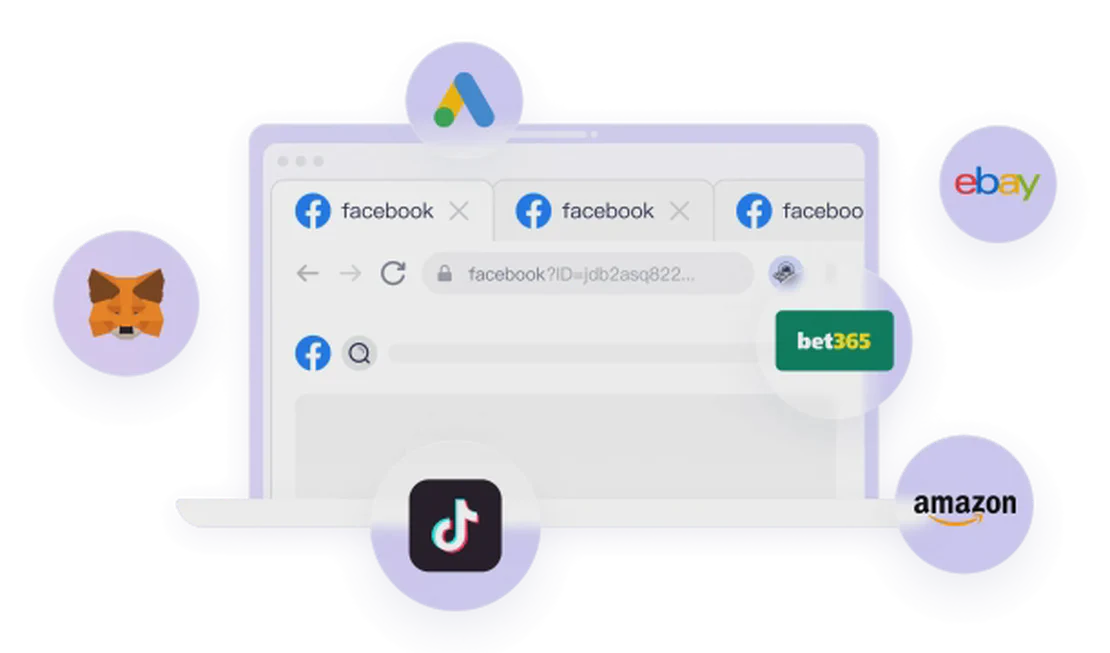UserAgentString.com is a simple yet powerful online tool that instantly displays your current browser’s User-Agent string and provides a detailed breakdown of it. Whether you’re a developer, marketer, or just curious about web privacy, understanding the User-Agent is crucial.
10 Questions and Answers About User-Agent
1. What is a User-Agent (UA)?
A User-Agent is a string in an HTTP request header that acts as your “digital ID card” on the internet. When your browser visits a website, it sends this string to inform the server about your browser type, version, operating system, and more.
2. What specific information does a User-Agent string contain?
A typical UA string includes several components, such as:
- Browser Name and Version (e.g., Chrome/127.0.0.0)
- Operating System and Version (e.g., Windows NT 10.0; Win64)
- Rendering Engine (e.g., AppleWebKit/537.36)
- Device Type Information (e.g., Mobile, Tablet)
3. Why do many User-Agent strings start with “Mozilla/5.0”?
This is a historical quirk. During the early browser wars, other browsers started adding “Mozilla” to their UA strings to signal compatibility and receive the best content from websites designed for Netscape Navigator (codename Mozilla). This tradition has continued, though it holds no real meaning today.
4. Why do websites analyze the User-Agent?
Analyzing the UA serves several purposes:
- Optimizing Experience: Displaying different page layouts (mobile vs. desktop versions) for phone and computer users.
- Feature Compatibility: Providing specific features or styles based on the browser type.
- Data Analytics: Analyzing the market share of different devices and browsers.
- Identifying Crawlers: Distinguishing between real users and search engine bots (like Googlebot).
5. Is the information provided by a User-Agent always accurate?
Not necessarily. For compatibility reasons, some information is intentionally “frozen.” For instance, since the release of macOS 11 and Windows 11, the OS versions reported in the UA strings of major browsers are still the old ones (e.g., macOS 10.15.7 and Windows 10.0) to avoid breaking older websites that haven’t updated their detection logic.
6. Can a User-Agent be modified or spoofed?
Yes. The User-Agent is just a text string sent by the browser, and users can easily change it using browser extensions or developer tools. This allows it to be used to masquerade as a different device or browser.
7. What are the drawbacks or risks of using a User-Agent?
The two main risks are:
- Privacy Leaks: A detailed UA can be part of a browser fingerprint, which third-party trackers can use to identify and monitor your online activities.
- Security: Attackers can send malformed UA strings to probe for server vulnerabilities or spoof their identity for malicious purposes.
8. What is a “browser fingerprint,” and how is User-Agent related to it?
A browser fingerprint is a unique profile created by collecting various details about your browser and device (like UA, fonts, screen resolution, plugins, etc.). The User-Agent is one of the key components that make up this fingerprint.
9. Besides website developers, who else cares about my User-Agent?
In addition to the websites themselves, ad networks, data analytics firms, and cybersecurity systems all analyze your UA. Advertisers use it for targeted ads, while security systems use it to identify suspicious traffic.
10. Is there a newer technology to replace User-Agent?
Yes. To address the privacy and formatting issues of the UA, the industry has proposed Sec-CH-UA (User-Agent Client Hints). It breaks the information into multiple, separate HTTP headers, allowing servers to request only the necessary data, thus better protecting user privacy. However, it is still in the adoption phase, and the UA remains the mainstream standard for the time being.
How to Truly Protect Your Browser Environment
As we’ve seen, the User-Agent is just the tip of the iceberg when it comes to your exposed online identity. While you can manually change it, this is not enough to prevent detection by advanced website security systems. These systems also check other fingerprinting information, such as Canvas, WebGL, fonts, and audio context. Any inconsistency can lead to restricted access or a flagged account.
To solve this, you need a professional tool like the FlashID fingerprint browser.
FlashID is a powerful anti-detect browser that does more than just modify your User-Agent. It creates multiple, isolated, and authentic browser environments for you. In each environment, FlashID deeply simulates a new, logically consistent browser fingerprint (including but not limited to User-Agent, OS, graphics card, fonts, etc.), making each of your accounts appear as an independent, real user from a different location.
If your work involves social media marketing, ad verification, e-commerce operations, or web scraping, using FlashID can effectively prevent detection due to environment correlation, thus safeguarding your digital assets and privacy.
You May Also Like
